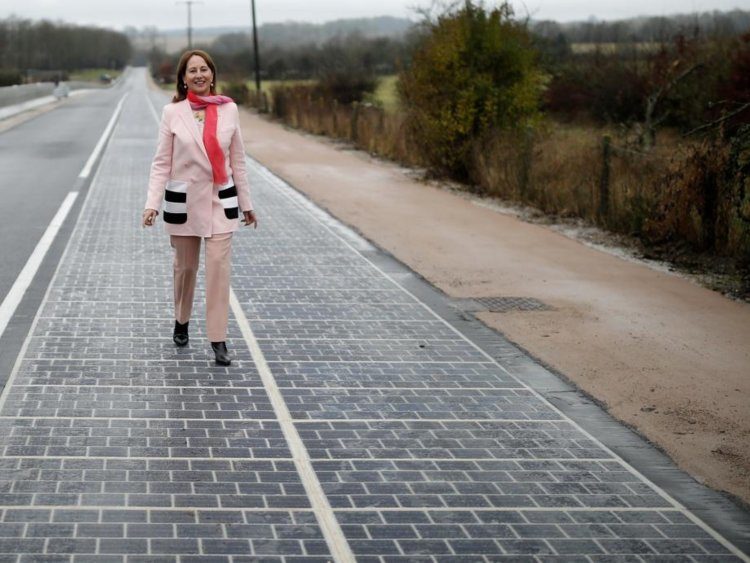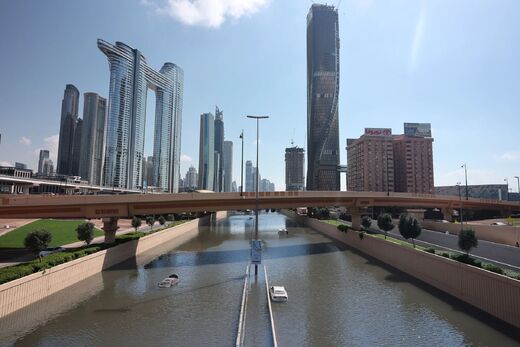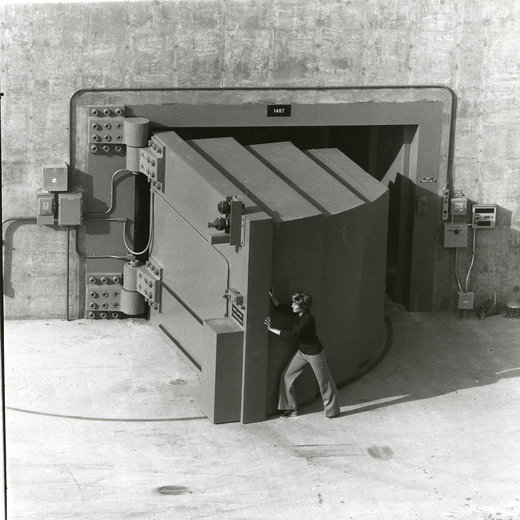
Covering 2,800 square meters, Normandy's solar road was the first in the world, inaugurated in 2016, in Tourouvre-au-Perche, France.
Despite the hype surrounding solar roads, two years after this one was introduced as a trial, the project has turned out to be a colossal failure — it's neither efficient nor profitable, according to a report by Le Monde.
The unfortunate truth is that this road is in such a poor state, it isn't even worth repairing. Last May, a 100-meter stretch had deteriorated to such a state that it had to be demolished.
According to Le Monde's report, various components of the road don't fit properly — panels have come loose and some of the solar panels have broken into fragments.
On top of the damage and poor wear of the road, the Normandy solar track also failed to fulfill its energy-production goals. The original aim was to produce 790 kWh each day, a quantity that could illuminate a population of between 3,000 and 5,000 inhabitants. But the rate produced stands at only about 50% of the original predicted estimates.
In its second year, the energy production level of the road further dwindled and the same downward trend has been observed at the beginning of 2019, indicating serious issues with efficiency.
Even rotting leaves and thunderstorms appear to pose a risk in terms of damage to the surface of the road. What's more, the road is very noisy, which is why the traffic limit had to be lowered to 70 kmh.
Another solar road suffered a similar fate in the US
There were concerns, according to Daily Caller, that as the panels wouldn't be tilted to follow the sun and would often be covered by cars during periods when the sun was out, the whole project would be completely inefficient.
Despite costing up to roughly $6.1 million, the solar road became operational in 2016 — 75% of the panels were broken before being installed, it doesn't generate any energy, it can't be driven on, and 83% of its panels are broken, according to Daily Caller. One electrical engineer even went as far as describing it as a "total and epic failure" in an interview with KXLY news.
Even if it had been functional, the panels would have been able to power only a small water fountain and the lights in a restroom, according to Daily Caller.
The prospects for a different solar cycle lane in the Netherlands look better
However, not all solar roads have had the same fate. The company behind a 70-meter-long solar bicycle lane in the Netherlands said that in 2018 the results had exceeded expectations, according to SolarRoad.nl.
They had originally hoped to produce somewhere between 50 and 70 kWh per square meter per year, the first year actually yielded 73 kWh per square meter per year, and the second, 93 kWh per square meter per year, according to Press Reader.
According to Press Reader Holland also launched the first two sections of a road with solar panel-topped tarmac this year — one, a 50-meter track near Amsterdam-Schiphol airport and the other, a 100-meter track a few kilometers from Rotterdam, on a bus lane.




Would the Pacific Ocean be in such a state if Fukushima were a coal-powered plant? No. Would the Mississippi river valley be a ticking time bomb of nuclear waste storage if those plants were powered with natural gas or coal? No.
Please get off the "CO2 is bad" band wagon before you get us all irradiated.